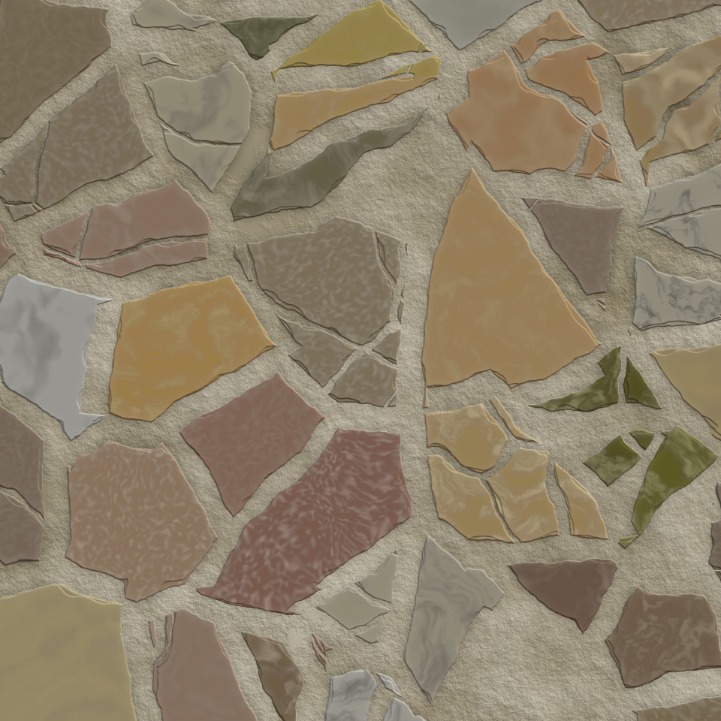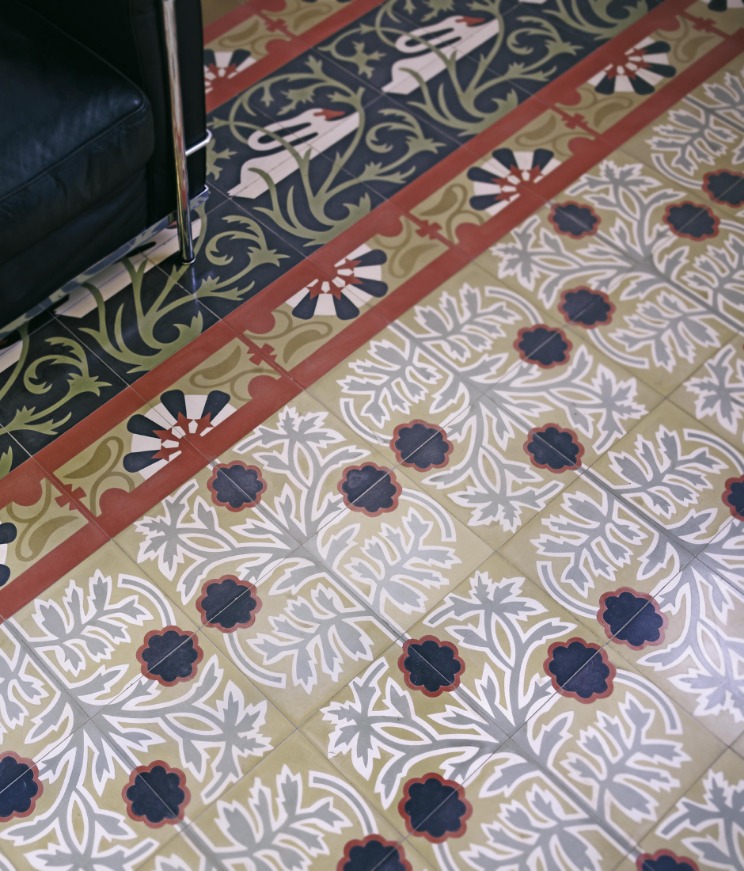Every successful floor system begins with the substrate. From bustling high streets to industrial parks, expert concrete grinding and floor preparation turn tired slabs into reliable, high-performance surfaces that accept coatings, tiles, resin, or polished finishes with confidence. Whether the setting is London’s commercial towers, Birmingham’s logistics hubs, Bristol’s heritage warehouses, Manchester’s creative studios, Leeds’ manufacturing facilities, Newcastle’s distribution centres, or Leicester’s retail fit-outs, the shared requirement is the same: methodical preparation delivered by skilled teams using the right tooling, dust control, and quality control. With experienced Concrete grinding Contractors London, Concrete grinding Contractors bristol, and Concrete grinding contractors Leeds on the job, surfaces are flattened, contaminants removed, and a consistent profile created so that adhesives, membranes, and coatings can bond as designed and stay put for years.
From Bristol to Birmingham: What Professional Concrete Grinding Achieves
Concrete is durable but rarely perfect. Over time it develops laitance, high spots, coatings, and contamination that jeopardise new finishes. Professional grinding corrects these issues with precision. In dense urban zones like London and Manchester, contractors operate with low-noise planetary grinders and integrated HEPA dust extraction to maintain indoor air quality while meeting stringent site controls. In historic areas of Bristol, surface levels can be wildly variable across older slabs; multiple grinding passes using metal-bond diamonds re-establish planarity and remove weak surface material. In Birmingham’s distribution corridors, wide-area ride-on grinding restores flatness for forklift traffic and tight rack tolerances, reducing maintenance and improving safety.
The heart of the process is matching the correct tooling and methodology to the slab’s condition and the target finish. Metal-bond diamonds open up dense surfaces, PCD segments lift stubborn epoxies or thick elastomeric coatings, and transitional tooling smooths the surface for finer preparation. Contractors assess compressive strength, existing coatings, and required concrete surface profile (CSP) to meet manufacturer specifications for resin, tile adhesives, or polished finishes. When specifications call for precise tolerances—such as FF/FL numbers for commercial interiors—laser-guided surveys inform grinding passes to achieve measurable flatness and levelness milestones.
Equally important is compliance and documentation. Professional teams bring risk assessments, method statements, and COSHH-aligned dust management to meet CDM requirements. They coordinate access, power supply, and waste removal to keep programmes on schedule. This coordination is especially vital for multi-trade refurbishments in central Concrete grinding Contractors London projects where working windows are tight and neighbours sensitive to noise. In northern hubs like Manchester and Newcastle, the same diligence ensures heavy-industry settings remain safe while productivity remains high. Across all locations—Bristol, Birmingham, and beyond—clients gain an engineered surface ready for long-term performance, reduced callbacks, and an installation that respects the finish manufacturer’s warranty conditions.
Substrate Science: Testing, Moisture Control, and Floor Preparation in Leicester and Leeds
Grinding is one part of a wider floor preparation strategy that ensures new finishes bond and last. Before machinery even starts, substrate testing guides the plan: moisture measurements (often via in-situ RH testing), pull-off adhesion checks, and contamination assessments distinguish between light grinding and more aggressive preparation. In retail rollouts around Leicester, for example, Floor preparation Contractors Leicester might discover residual adhesives or bitumen beneath old vinyl; selective grinding combined with emulsifying scrapers and degreasers removes these contaminants to secure adhesion for new LVT or sheet vinyl. If moisture levels exceed guidance for the intended flooring system, epoxy damp-proof membranes or moisture suppression systems are specified to seal the slab prior to self-levelling compounds.
Levelling is another critical step. Laser and digital floor mapping identify undulations and slab differential that would telegraph through resilient or resin finishes. After initial grinding creates a keyed surface, primers suitable for the substrate—epoxy, PU, or acrylic—are applied to regulate absorption. Pumped self-levelling cements (SLC) then correct deviations, with flow and thickness tailored to traffic and finish thickness. In industrial Leeds, Concrete grinding contractors Leeds often integrate crack stitching, joint arris repairs, and edge detail work to prevent future topping failures. For resin systems, the prepared substrate is left with a CSP profile within the manufacturer’s recommended window, ensuring the primer and body coat chemically and mechanically anchor to the concrete.
Hygiene and environmental control are non-negotiable across the Midlands and the North. Dust-managed grinding preserves indoor surfaces and equipment; HEPA filtration limits airborne particulates; and tooling choices minimise spark and noise risks in occupied buildings. Sequencing is planned to avoid cross-contamination between trades—especially relevant on Leicester hospitality upgrades and Leeds production plants where downtime is costly. With each step documented, stakeholders gain traceability: moisture readings, batch numbers of primers and SLC, and recorded grinding passes form a quality file that supports product warranties and smooth handover to the final floor installer.
Real-World Results: Case Studies from London, Leeds, Bristol, and Newcastle
Office fit-out, City of London: A multi-floor refurbishment demanded quiet, dust-controlled preparation over nights and weekends. Existing acrylic adhesives and paint overspray compromised adhesion for new carpet tiles and resilient zones. Crews deployed compact planetary grinders with shrouded extraction to strip the contaminants, followed by targeted metal-bond passes to remove high spots near structural columns. Moisture mapping flagged isolated damp along a party wall; a rapid-cure epoxy DPM was applied and broadcast with silica to create a tenacious bond bridge. The result was a flat, clean, and dry substrate that enabled fast-track installation and guarded against tile edge curl or debonding.
Manufacturing plant, Leeds: Decades of forklift traffic and spilled oils had left a patchwork of coatings and polished areas. The preparation plan started with PCD tooling to remove the thick epoxy, then transitioned to metal-bond diamonds to re-establish a uniform texture. Degreasing, thorough rinsing, and verification pull-off tests set the stage for a heavy-duty MMA system. A CSP-3/4 profile was achieved, primers penetrated as specified, and the system reached full cure over a tight weekend outage. The client gained abrasion resistance and chemical resilience while floor flatness improved, reducing vibration-related equipment wear—textbook performance from experienced Concrete grinding contractors Leeds.
Heritage warehouse, Bristol: Uneven, laitance-rich concrete beneath old timber sleepers threatened a new polished concrete design. The team began with aggressive grinding to remove weak cap layers and expose sound aggregate, then introduced progressive resin-bond tooling to refine the surface. Strategic slab repairs and localised self-levelling addressed deeper dips without sacrificing historic character. The polished finish now reflects light uniformly, and ongoing maintenance is simpler thanks to densifier applications and properly closed surface pores. This is the kind of transformation routinely delivered by skilled Concrete grinding Contractors bristol teams who balance structural realities with aesthetic objectives.
Distribution centre, Newcastle: Time-sensitive works on an active logistics site called for coordinated preparation across 6,000 m² of aisles and staging zones. Ride-on grinders corrected ruts and reprofiled joints that were damaging wheels and slowing traffic. A dedicated edge crew tackled dock lines and tight turning spots with hand-held units, maintaining continuous HEPA extraction. To support a high-build polyurethane screed, a uniform anchor profile was created, and slab moisture was locked down with a compatible epoxy primer. For projects like this, partnering with Concrete grinding Contractors Newcastle ensures consistent quality across vast areas while maintaining live operations. The upgraded surface reduced downtime, improved safety, and extended the life of both MHE and the final floor system.
Across these scenarios—central Concrete grinding Contractors London refurbs, industrial-strength Leeds remediations, character-led Bristol restorations, and time-critical Newcastle logistics upgrades—the common thread is disciplined process. Assessment, controlled grinding, dust-managed environments, and system-compatible primers and levellers build a substrate that rewards investment in any final finish, from premium polished concrete to resilient, resin, and tiled systems. With the right team, the floor stops being a liability and becomes a high-performing asset under every step, wheel, and load.




